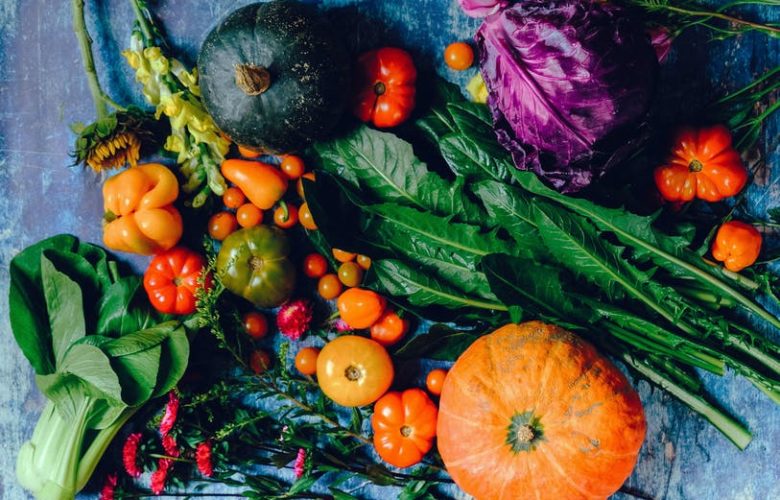Approximately 35% of American households are growing their own food. As more people give their green thumbs a try, you might feel inspired to dig in and grow your own garden vegetables, too. Before you do, take the time to think about how you’ll plot your garden!
We’ve created this beginner’s garden vegetables list to get you started. With this list, you can test out your green thumb and discover a garden of your own.
Get growing with this list of garden vegetables!
1. Beans
Beans are a great first choice for your garden vegetables list! There are so many to choose from, too, including:
- Navy beans
- Great northern beans
- Kidney beans
- Green beans
American gardeners spend about $503 on average for their lawn and garden supplies. In fact, the number has gone up by almost $100 from the year before. When choosing from your list of vegetables to grow, remember a little goes a long way.
Try one type of bean to start.
Dried beans are high in:
- Phosphorous
- Manganese
- Fiber
- Iron
Make sure to grow your beans in containers, placing them four inches apart and 12 inches deep into the soil.
However, you’ll want to time it right. Try to harvest dry beans when the pods are dried on the vine. They’ll likely appear light brown and the beans will feel hard inside their pods.
2. Tomatoes
Homegrown tomatoes are a stunning vegetable to add to your garden. They’re high in:
- Lycopene
- Potassium
- Magnesium
- Iron
- Fiber
- Vitamin A
- Vitamin B6
- Vitamin C
When planting tomatoes, keep them in containers 12 to 18 inches deep, with one tomato in each pot. Keep an eye out for caterpillars before they can eat away at your plants. You can use these tips on growing tomatoes to make them the star of your garden.
3. Brussels Sprouts
Don’t turn your nose up at these common garden vegetables. Brussel sprouts are full of vitamins and minerals, including:
- Riboflavin
- Potassium
- Magnesium
- Fiber
- Vitamin A
- Vitamin B6
- Vitamin C
To grow Brussel sprouts, plant them in containers about 16 inches deep.
4. Peas
There’s nothing like hearing the snap of a pea plant as you pluck it off the vine yourself. Snap peas are high in:
- Magnesium
- Iron
- Fiber
- Vitamin A
- Vitamin B6
- Vitamin C
Grow your peas in containers about 2 inches apart. Make sure to give your peas support as they grow up toward the sky.
It’s best to grow pea plants during the early spring or late summer. When the weather warms up, however, they’re less likely to grow.
5. Broccoli
If you’re concerned about your vitamin intake, broccoli is a great choice to add to your list of garden vegetables. Broccoli is high in:
- Calcium
- Magnesium
- Iron
- Vitamins A, B6, C
Try growing broccoli in containers with one plant per pot. You should plant each plot about 12 inches deep.
Embrace Your Green Thumb: The Beginner’s Garden Vegetables List
It’s time to dig in! With this beginner’s garden vegetables list, you can grow your own garden with pride. Embrace your green thumb with these garden vegetables today!
Explore the Garden and Patio section for more helpful tips!

